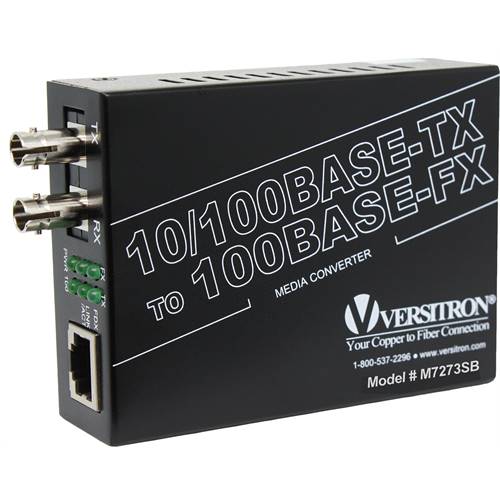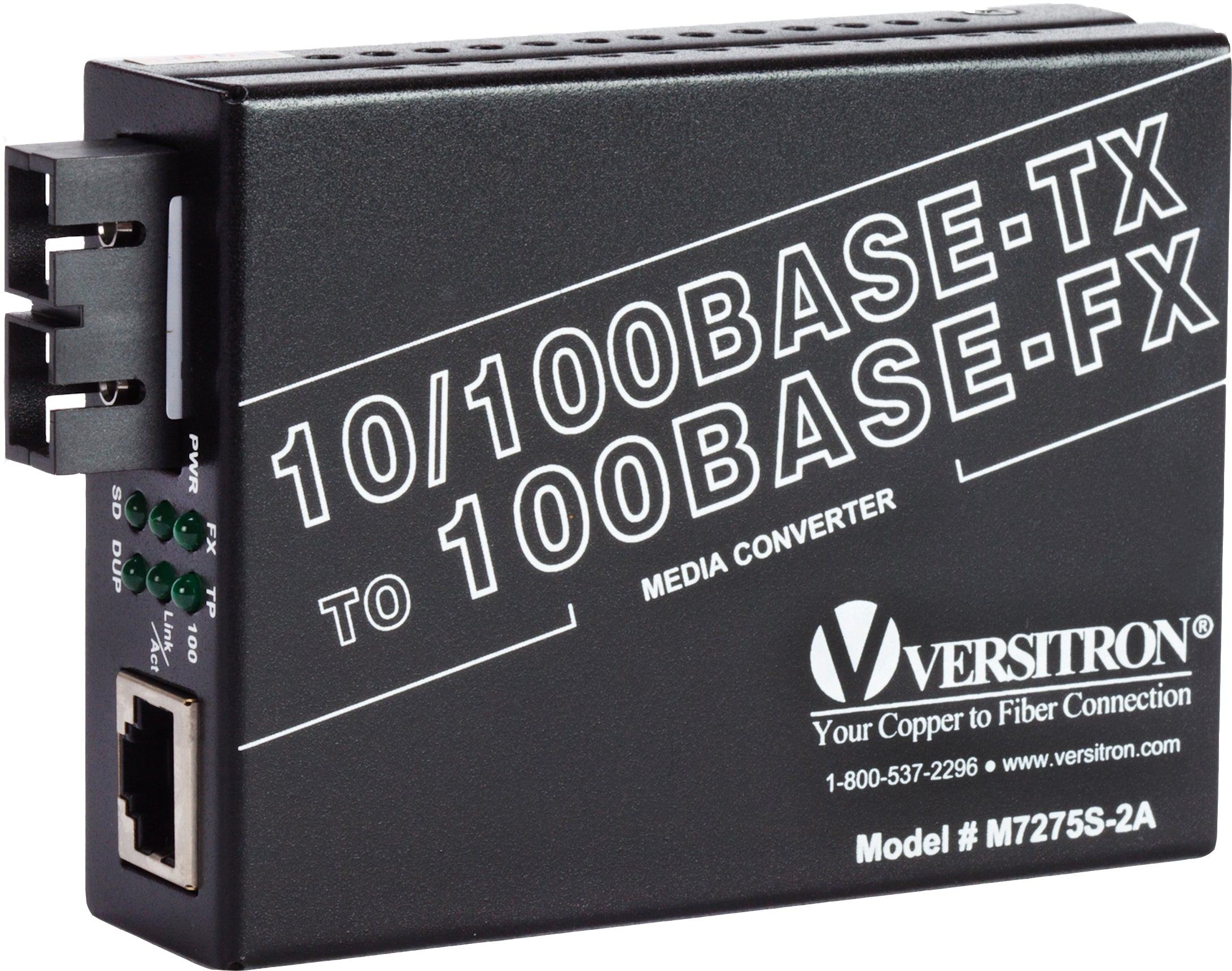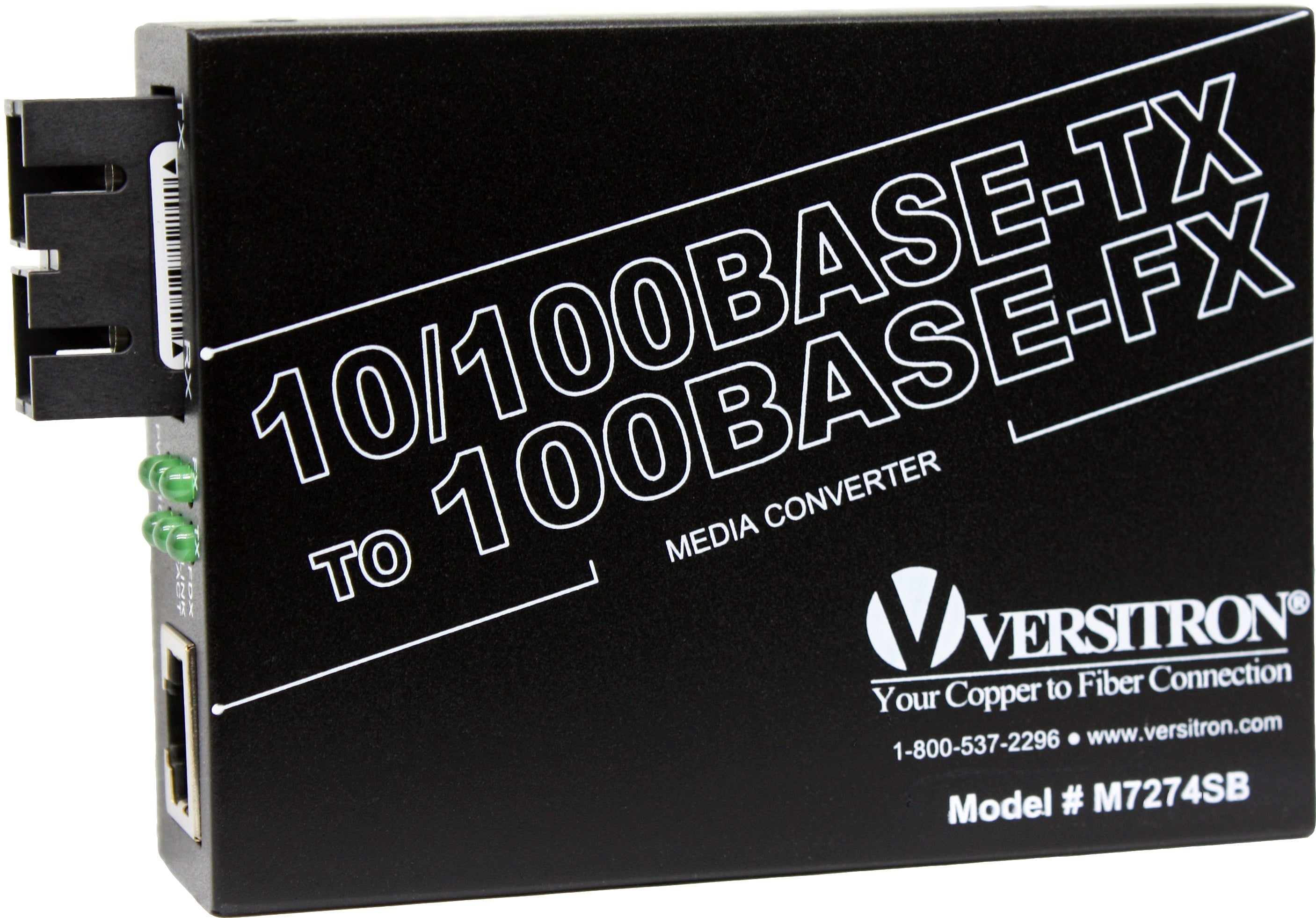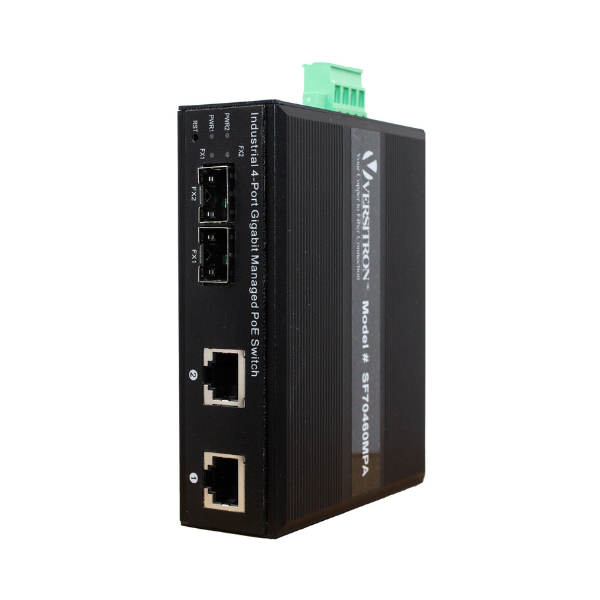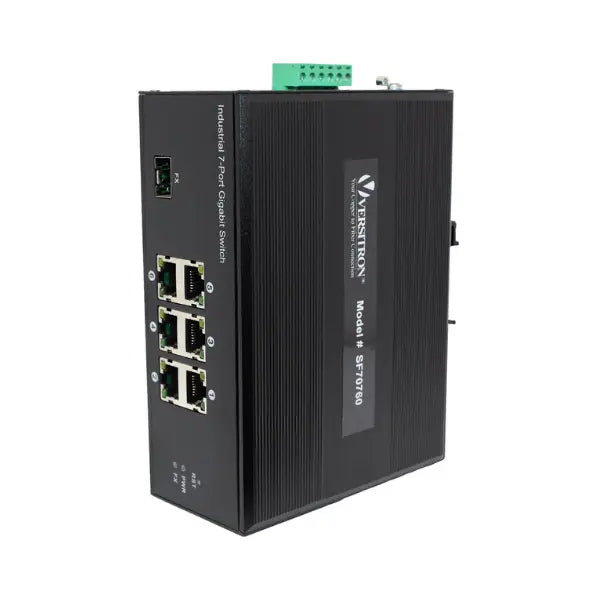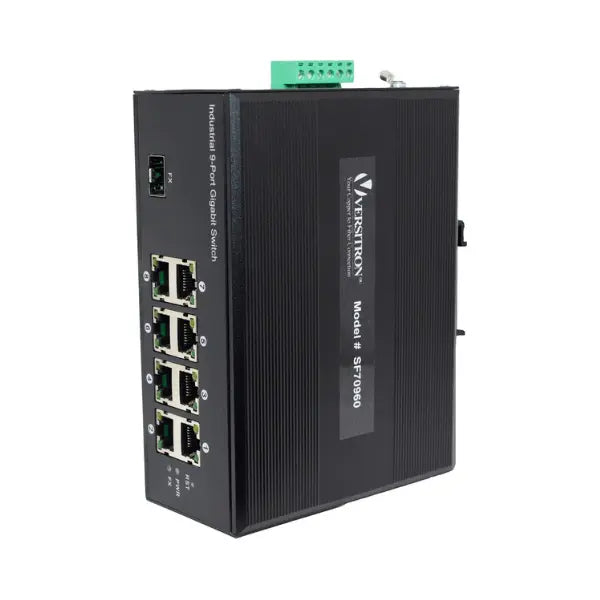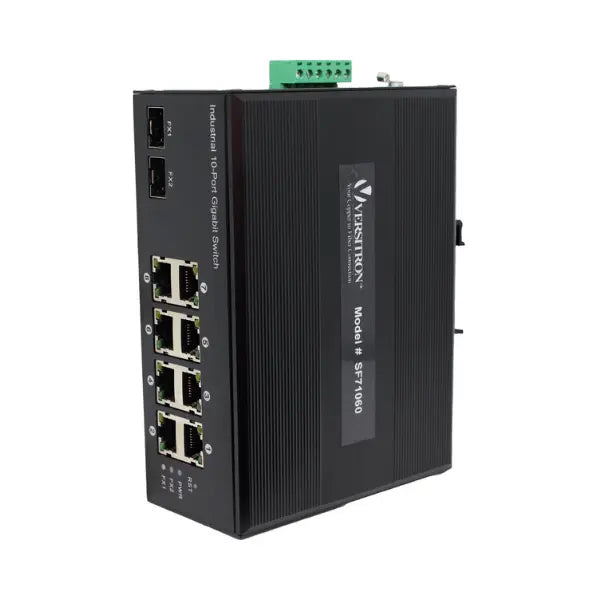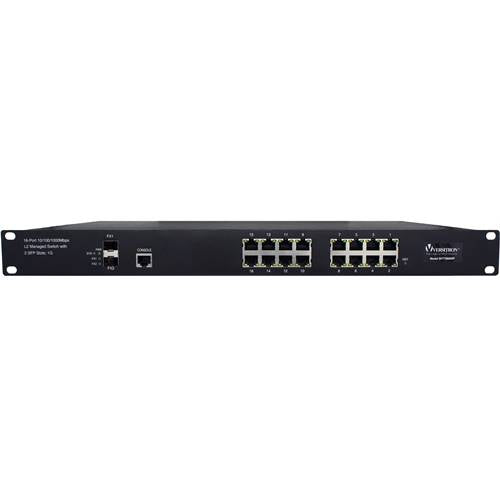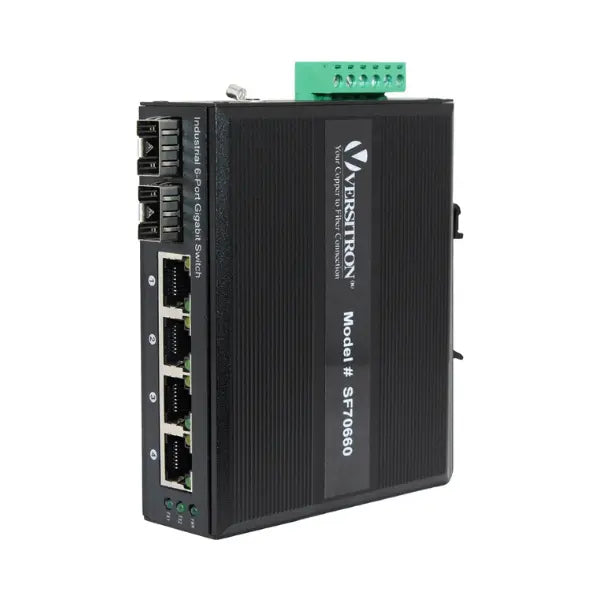Ethernet technologies have significantly evolved over the years. The term "Fast Ethernet" became widely known in 1995, when it was covered under the IEEE802.3u standard.
Fast Ethernet is designed to carry traffic at the rate of 100 Mbit/s at the physical layer in local area networks (LANs). Based on this speed, the cables are termed as 100Base-TX. For a long time, these cables were referred to as 100Base-T cables.
The 100Base-TX cable has replaced the earlier versions of coaxial cables – 100Base-T and 100Base-2. Along with these, there are 100Base-FX cables available, too. At times, it may be confusing for people to differentiate between 100Base-TX and 100Base-FX cables.
This post offers insights on these two types of cables and their increasing popularity in various applications and more.

Breakdown of 100Base-TX/FX
Before going through the comparisons between 100Base-TX and 100Base-FX, we are going to break the "100Base-TX/FX" into parts to make it easier to understand:
- 100: In 100Base, "100" stands for 100 Mega Hertz or 100 MHz and corresponds to 100 Mbit/seconds; theoretically this should equal 12Mbps but more likely only fourMbps will be realized in reality.
- Base: Baseband refers to communication used by an Ethernet Network and depicts that it uses all available bandwidth to send out its signals; unlike broadband where bandwidth may be shared among multiple users resulting in slowdown when multiple people connect simultaneously to the network; although Ethernet users may also experience occasional slowdown, however the frequency will likely be lessened compared with broadband users.
- TX: Twisted Pair is a type of physical signal carried over cable. A "TX", sometimes referred to simply as "T", indicates an application using two copper pairs in order to achieve 100 Mbit/s speed.
- FX: With "FX", two pairs of fiber provide support for more than 100 Mbps at up to 2 km speed.
What is 100BASE-TX?
The 100Base-TX cables operate over two pairs of copper wires within a Cat5 or better cable. It can support data speeds up to 100 meters and must possess a minimum recommended node length of 2.5 meters between two cables.
What is 100BASE-FX?
100BASE-FX version of ethernet utilizes a fiber-optic cable and has a transmission speed of 100 mbps. the fiber optic cable is an ideal choice for long-distance applications.
What is the Difference between 100Base-TX and 100Base-FX
The following pointers will help you understand these two technologies better and how they are similar and dissimilar in many ways:
- Pair of Wires: As said before, 100Base-TX uses two pairs of UTP category 5 wires for signal transmission. At times, it may also use two unshielded twisted pair (STP) type 1 wires. Against this, Ethernet 100Base-FX networks uses two pairs of fiber optic cable for data transmission. Both types of wires assure full-duplex transmission, where one pair of wires transmits the frames from the hub to the device, and the other pair from the device to the hub.
- Data Rates: Both these wires possess data rates of 125 Mbps. The maximum value of the fundamental frequency of 100Base-T is 31.25 MHz.
- Encoding and Decoding: Of these, 100Base-T uses the MLT-3 scheme for encoding and decoding. They also use 4B/5B block coding.
- MLT-3 Encoding: MLT-3 encoding refers to the Multi-Level Transmit, which is a popular signaling method that uses three voltage levels: -1, 0, +1, 0. They move through these voltage levels sequentially. 4B/5B block coding contributes to DC equalization and spectrum shaping. Against this, 100Base-FX uses the NRZ-I encoding scheme along with 4B/5B. The NRZ-I encoding refers to non-return-to-zero, which is a line code in binary code. The pulses in this encoding scheme offer higher energy than the return-to-zero (RZ) code.
100BASE-TX vs. 100BASE-FX: Comparison Summary
|
|
100BASE-TX |
100BASE-FX |
|
Standard |
802.3u-1995 |
802.3u-1995 |
|
Wavelength |
NA |
1310nm |
|
Media |
Cat 5 |
MMF |
|
Interface |
RJ-45 |
LC/SC/FC/ST |
|
Distance |
100m |
2km |
|
Device Type |
Media Converter |
Media Converter, Optical Transceiver |
|
System Cost |
Low |
Low |
Along with the cables, you need to choose the network devices that are compatible with them. VERSITRON provides various types of conversion devices like 10/100Base-TX to 100Base-FX Industrial Fast Ethernet to Fiber Media Converter, 10/100Base-TX to 100Base-FX Fiber Optic Media Converter, Multimode SC, and so on. The company also provides industrial switches and several other Ethernet devices, which have been installed in various applications across the world.
Applications and Use Case of 100Base TX and 100Base FX
Where to Use 100Base-TX:
- Office LAN networks
- Short-distance Ethernet connections
- Cost-sensitive environmentsIndustrial automation networks requiring copper-based solution
Where to Use 100Base-FX:
- Whilst typically employed for large campus or enterprise networks requiring long distance connectivity
- 100Base-FX solutions may also be beneficial in environments with high electromagnetic interference (EMI) such as industrial settings.
- Fiber-to-the-desk (FTTD) solutions also allow secure high speed networking that connect to network
- Backbones for use as backbone connections in network infrastructures.
Choosing Between 100Base-TX and 100Base-FX
Selecting the right Ethernet standard depends on various factors, such as:
Distance Requirements: If the required distance exceeds 100 meters, 100Base-FX is the preferred choice.Interference Considerations: Fiber optics are immune to EMI, making 100Base-FX ideal for high-interference environments.Budget Constraints: 100Base-TX is more cost-effective and widely available for short-range networkingNetwork Devices for 100Base-TX and 100Base-FX
VERSITRON offers a selection of network devices that seamlessly convert Ethernet-to-fiber networks, expanding network capacity with seamless Ethernet-to-fiber conversion and expansion. Key products include:
· 10/100Base-TX to 100Base-FX Industrial Fast Ethernet to Fiber Media Converter
· 10/100Base-TX to 100Base-FX Fiber Optic Media Converter (Multimode SC)
· Industrial Ethernet Switches for hybrid copper and fiber networks
For high-performance, reliable networking solutions, explore our Fast Ethernet media converters and switches.


